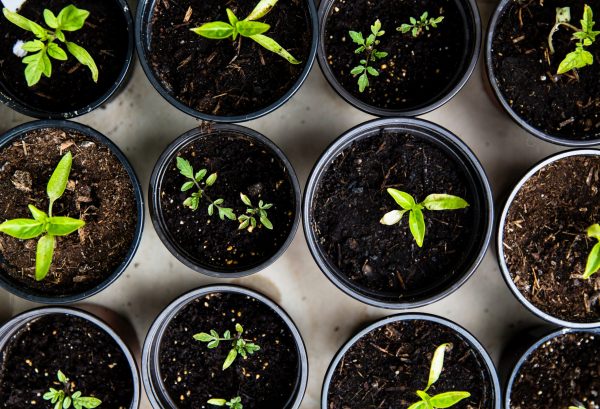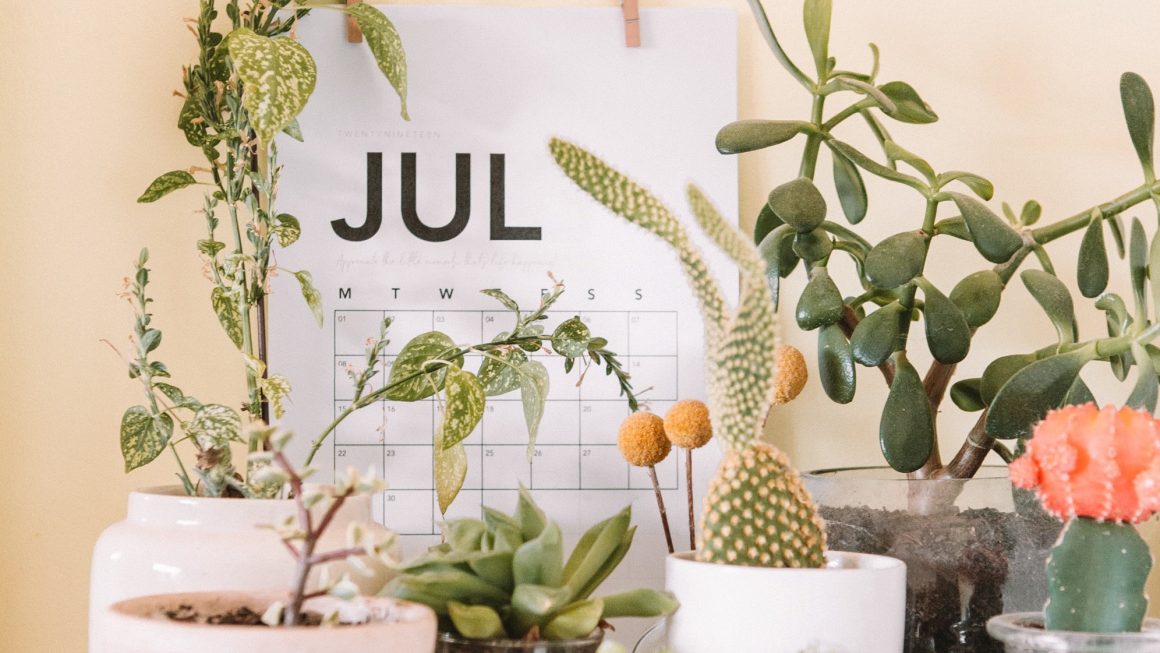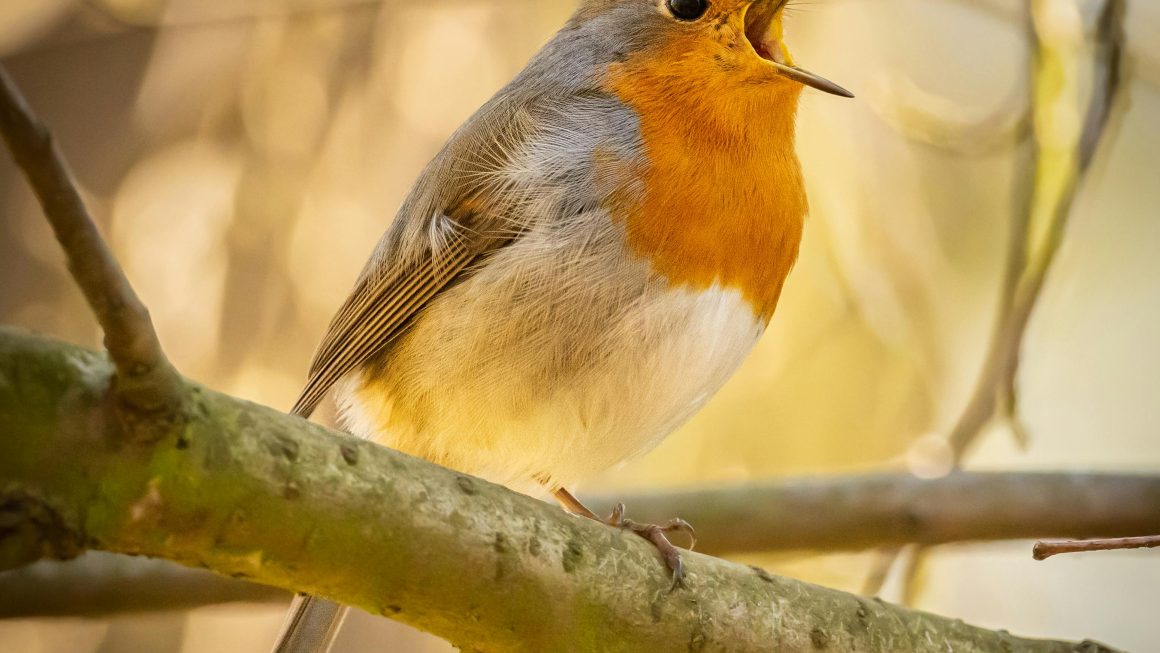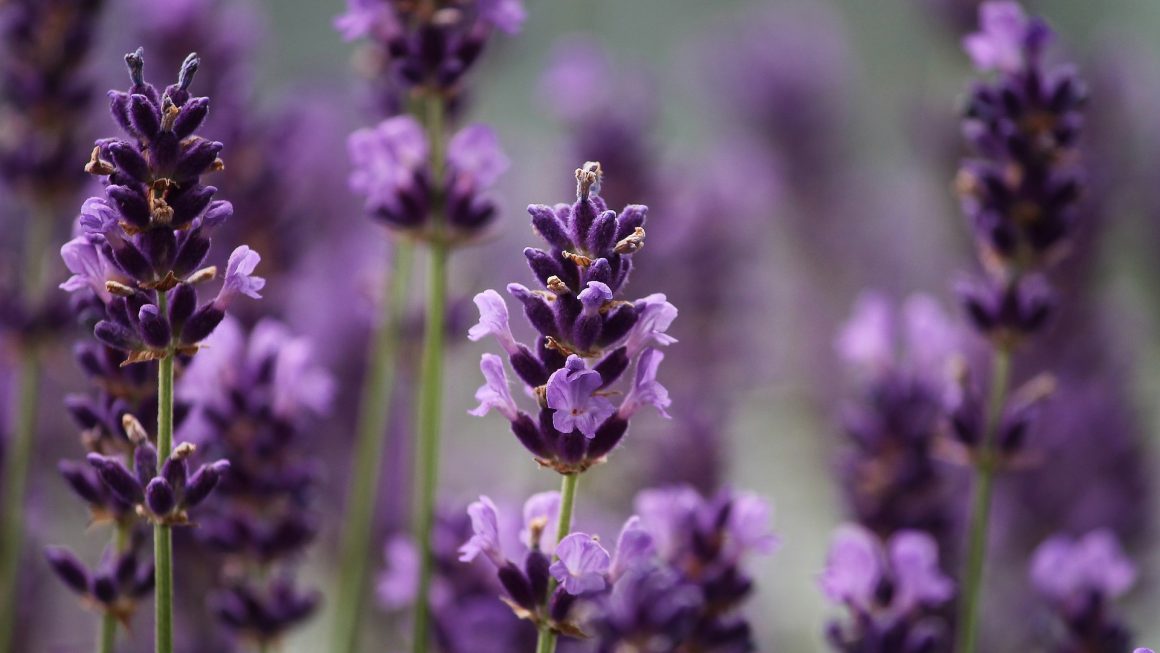This post may contain affiliate links. Please see my disclosure policy to learn more.
Best Vegetable Plants to Start Indoors
Why start plants indoors? Buying plants can be very expensive, averaging between $2 to $6 per plant. While seeds are relatively inexpensive, usually under $2 per package. Certain plants grow well when started indoors, while some (especially root vegetables) do not transplant well and need to be planted directly outside. By starting plants indoors, you can extend your growing season. In many areas, it doesn’t get warm enough to plant outdoors until mid-May or later.
Tomatoes
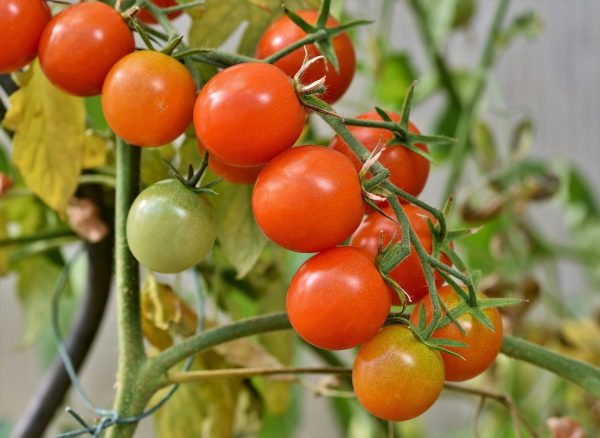
Tomatoes are very susceptible to cold temperatures, so it’s best to start them indoors and keep them safe from unpredictable weather. Read the back of the seed package to determine when you need to start your tomato seeds indoors. I start them in empty cardboard egg cartons, transplanting them to bigger containers when they have four true leaves. Cardboard egg cartons are compostable, so they make great plant starters. You can cut apart and transplant the whole egg cup into a new container or directly outside when the temperatures allow; the cardboard will break down as the plants grow.
Peppers
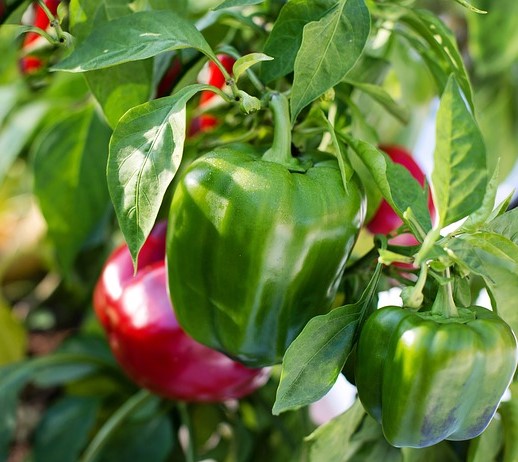
Peppers are very similar to tomatoes when it comes to planting. They are susceptible to the cold temperatures of spring, so it’s best to start them indoors. Peppers should be started indoors 8-10 weeks before planting outside. They should not be planted outside until at least 2 weeks after the last frost, or until nighttime temperatures average around 55-60°F. Most pepper seeds sprout indoors after about a week at temperatures of 70-80 degrees F. Pepper germination can be spotty depending on the variety, so they can be harder to start than tomatoes.
Broccoli and Cauliflower
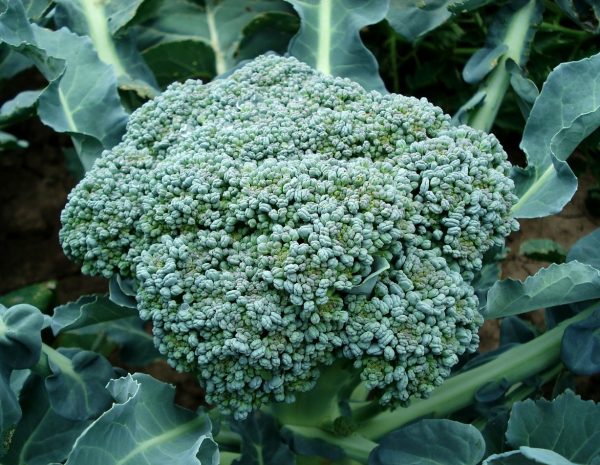
I have never had good luck with broccoli; it always seems to bolt in the summer heat before I get any of it harvested. It’s probably because I never get it started on time. Broccoli and cauliflower should be started indoors 6-8 weeks before your last expected frost date. Broccoli and cauliflower like it cool, so make sure you keep the seedlings in an area where the temperature is roughly 70°F. Leave them covered with plastic until you see some sprouts. Once you see sprouts, remove the plastic and put them under a grow lamp or in a sunny window until they can be safely transplanted outdoors. Always follow the instructions on the seed package.
Cabbage
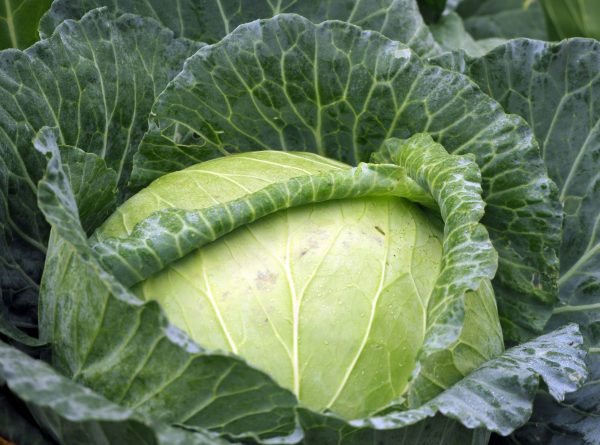
Cabbage should be sown indoors 5-8 weeks before the last expected frost date. Start them in decent-sized containers indoors. They need temperatures to be around 70°F for germination. Cover the containers with plastic until you see sprouts. Once it sprouts, remove the plastic and put it under a grow lamp or in a very sunny window, until it’s time to plant outside.
Pumpkin
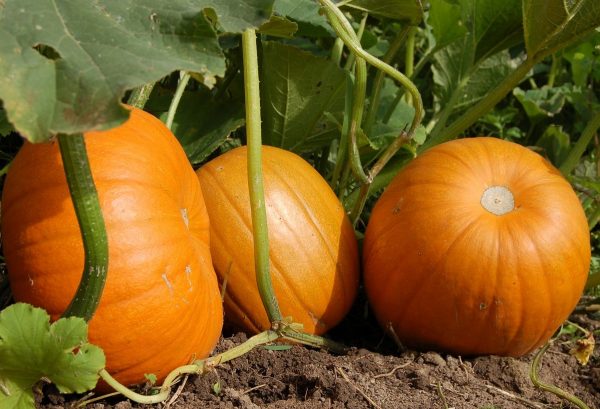
If you live in a warm area, pumpkin seeds can be sown directly outside. If you live in a part of the country where there is still a danger of frost in late April or early May, then start pumpkin seeds indoors 3-4 weeks before the last expected frost date, with an indoor temperature between 66°F to 85°F. Pumpkins take anywhere from 85-130 days to grow from a seed to full maturity. I always have better luck getting usable, mature pumpkins when I start them indoors. Plant pumpkin seeds in large containers so they don’t get root-bound.
Squash & Zucchini
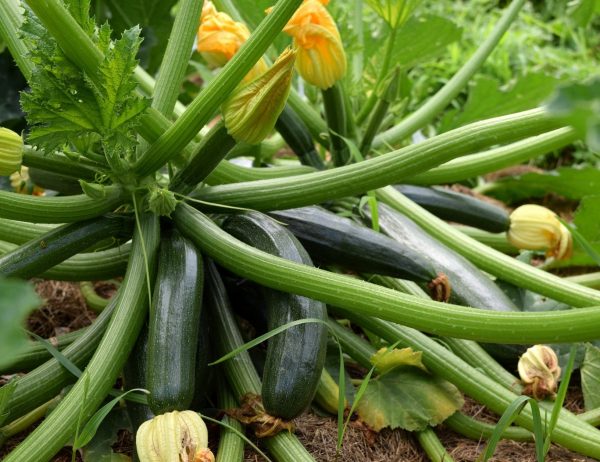
Squash and Zucchini seeds can be planted directly in the garden; you do not have to start them indoors. If you want to get an early start or improve germination rates, then you can plant them indoors 2-3 weeks before the last expected frost date. They will need to be started in large containers, so they don’t get root-bound. Maintain the seedlings at a constant temperature of 65° to 85° F. Using grow lights is the best way to maintain a constant temperature.
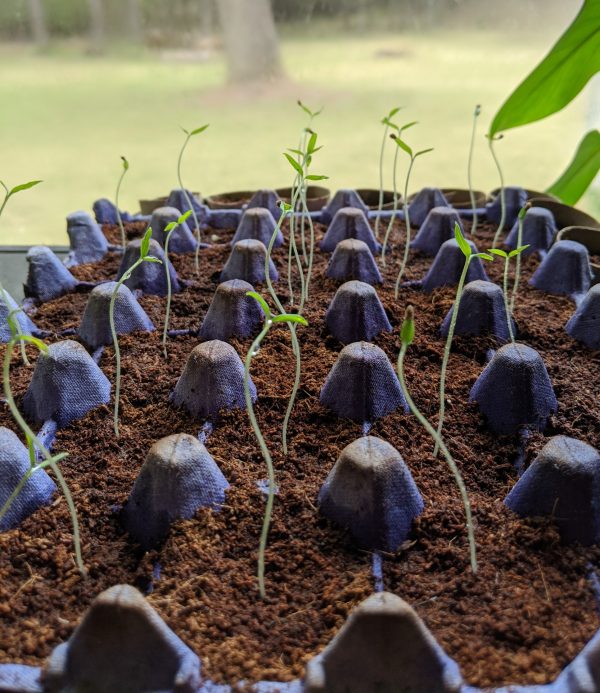
Helpful Info:
Always read the seed packet directions, and sow seeds at the depth listed on the packet.
Keep the soil damp and warm while germinating. Consider using grow lights for a more consistent temperature.
After Germination, keep the soil moist, not damp. If you see mold on the soil or container, then it is too wet; reduce watering.
Harden off plants for one to two weeks to get them used to the outside temperatures before planting them outside. Start by taking them outside for an hour or two to start, gradually adding time each day until they are ready to be planted outside. Bringing them in when needed to protect them from the elements. Too much sun, wind, or too cold temperatures can set back the growth of the seedling, so be sure to keep an eye on them.
- Set includes 43 lightly assorted Vegetable and Herb seeds!
- All Seeds are Heirloom, 100% Non-GMO!
- High Germination Rate within 7-14 days
- Great way to stock up for the next planting season! Includes Freedom Farms Vegetable Set Mylar Bag for Optimal Seed Packet Storage!
- Wonderfully producing plants - Current stock will last for years when stored in a dry - cool place!
- Includes 30 Different Varieties! 30 Packs of Seeds!
- High Germination Rate within 7-14 days
- All Seeds are Heirloom, 100% Non-GMO (Non Genetically Engineered)
- Create a Deluxe Vegetable Garden
- 2025 SEEDS JUST ARRIVED! All seeds are dated Sell By December 2025 but if kept in a cool dry place seeds typically stay viable for years
- Gardening Kit: 55 Most Popular Vegetable Seeds Variety Pack NON GMO Heirloom Seeds LESS THAN $0.70 PER SEED VARIETY PACK 35,600+ seeds including: Artichoke, Arugula, Bean, Beet, Bok Choy, Broccoli, Brussel Sprouts, Cabbage, Carrot, Cauliflower, Celery, Collard, Corn, Cucumber, Curled Cress, Eggplant, Endive, Kale, Kohlrabi, Lettuce, Mache Corn Salad, Okra, Leek, Scallion, Onion Parsnip, Pea, Pepper , Pumpkin, Radish, Rapini, Spinach, Squash, Sunflower, Swiss Chard, Tomatoes, Turnip, Zucchini.
- Enhanced Gardening Experience: Our seeds for planting outdoor and indoor garden come in a waterproof resealable bag with 55 individual craft seed packets inside. Enjoy planting home garden with mini gardening supplies including leaf clipper, tweezers, seed dibber tool, weeding fork, and widger tool. Scan the QR codes on the seed packets to access online gardener basic growing guide and culinary book. Learn about vegetable gardening, discover everyday recipes to make the most of your harvest.
- Garden Success Assured: Whether you have an indoor hydroponic garden or an outdoor vegetable patch, our seeds are perfect for any setting. With a superior germination rate proven through various tests, enjoy fresh vegetables growing food all year round. Enjoy the satisfaction of growing seeds on your own garden, knowing that our high-quality seeds for planting vegetables guarantee abundant harvest and delicious meals for you and your family.
- Quality You Can Trust: Proudly made in the USA by a Small Family-Owned Business, our seeds for planting vegetables undergo rigorous testing with a 90%+ germination rate. Sealed to last for up to 2 years, you can trust the freshness and viability of our seeds.
- 55 VEGETABLE SEEDS – A SELECTION OF THE BEST HEIRLOOM VARIETIES FOR PLANTING. We have made the right choice for you. This collection features 55 heirloom, non-GMO, non-hybrid, open-pollinated vegetable seed varieties – carefully selected for home gardeners, greenhouse growers, and those looking for self-sufficiency gardening.
- A DIVERSE SELECTION FOR EVERY GARDENER. This premium seed collection includes high-quality, well-adapted varieties with excellent germination rates, early maturity, and strong growth potential. These seeds are chosen for their ability to thrive in different climates and soil conditions, making them a reliable choice for any garden.
- HIGH-GERMINATION SEEDS FOR STRONG AND HEALTHY CROPS. These open-pollinated seeds have been selected for their vigorous sprouting and ability to develop into resilient, high-yielding plants. They offer strong resistance to environmental stress, plant diseases, and common pests, ensuring successful cultivation in various conditions.
- SUITABLE FOR YEAR-ROUND PLANTING AND LONG-TERM STORAGE. This set includes seeds for all growing seasons, allowing you to harvest fresh vegetables continuously. The resealable packaging allows you to plant some now and store the rest for future growing seasons, ensuring long-term seed viability.
- EXCEPTIONAL FLAVOR AND NUTRITION FROM YOUR OWN GARDEN. Vegetables grown from these seeds offer rich flavors, vibrant colors, and excellent texture. These varieties are carefully selected for their natural qualities and culinary versatility, making them a great addition to home-cooked meals.
- 100% ORGANIC AND NON-GMO: There's no need to worry about intoxicants that may hinder your plant's growth because the Back to the Roots Seed Bundle is completely organic and not genetically modified
- GROW YOUR PLANT ALL YEAR-ROUND: The 30-pack seed kits of herbs and vegetables for indoor and outdoor planting allows you to grow your garden all-year round; They're all germination tested and specially selected to be easy to grow quickly so you can get your garden off to a great start
- WIDE VARIETY OF ORGANIC HERB AND VEGGIE SEEDS: We've put together these varieties with the new gardener in mind, with a little bit of everything — flavorful herbs, hearty veggies, and crisp, leafy greens; You'll have endless options for what to cook with your garden-fresh harvests. Actual seed may vary from image shown.
- ZERO-RISK GARDENING - All seeds are compliant with Uniform State Seed Law, and certified germination tested if relabeled. If you have any trouble we'll send you as many seeds as you need to get growing. Substitutions may occur due to seed shortages.
- GROW ONE GIVE ONE CAMPAIGN: The perfect holiday gift, it comes in a beautiful packaging so that it's ready to be given to foodie, garden-loving and eco-conscious friends and family; This kit is also part of our Grow One Give One campaign, simply share a picture on social media, tag us and use the campaign hashtag, and we'll donate a kit to a classroom of your choice
Related Post: Growing a Garden from Kitchen Scraps

